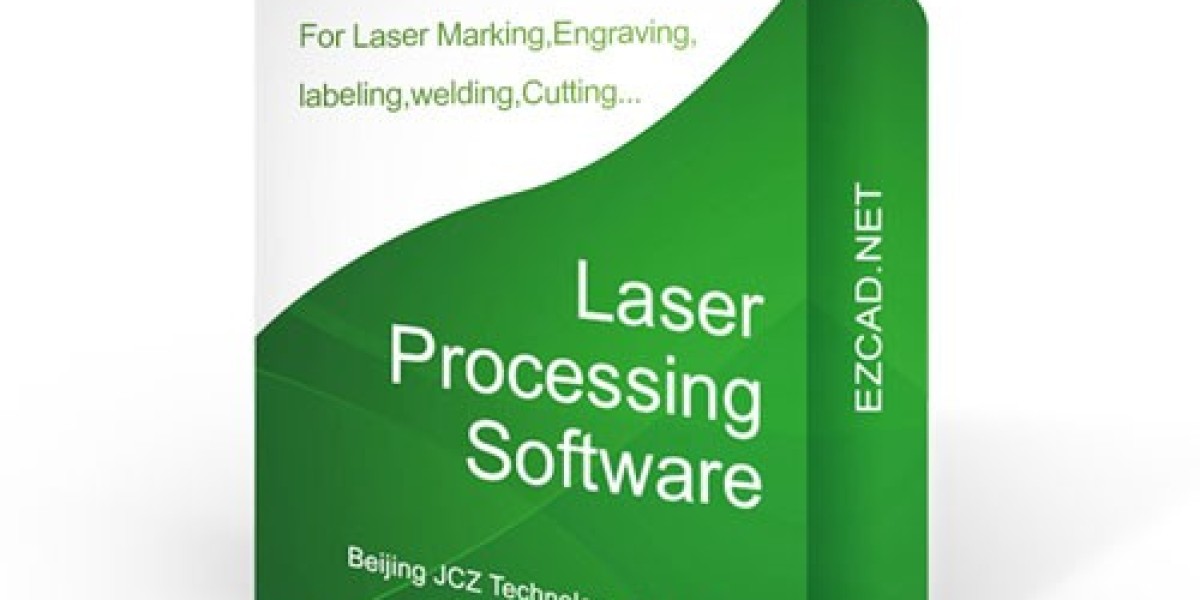At LaserChina, we always seek to adopt technologies that push the envelope in laser automation, marking, and cutting. One such technology is ezcad3 — a control and software platform that many laser integrators and machine builders now rely on. In this guest post, we’ll explore what EZCad3 is, how it integrates with LaserChina systems, and why it matters for industrial clients and OEM partners.
Understanding EZCad3: More Than Just Laser Software
EZCad3 is a modern evolution of laser control software, widely used for laser marking, engraving, and micro-processing systems. It supports a broad range of features like vector and raster engraving, barcode serialization, variable data, pulse modulation, and auto-focus control. Because it is compatible with many laser sources and galvanometer scanners, EZCad3 becomes especially valuable in applications requiring high precision, repeatability, and automation.
In a B2B context, EZCad3 enables integrators to deliver custom workflows, dynamic marking logic, and data-driven traceability. That is why when LaserChina designs its laser marking and engraving machines, EZCad3 is often chosen as the embedded or optional control layer — giving clients the flexibility to handle changing production demands.
EZCad3 and LaserChina: Seamless Integration
Built-In Support for Hardware & Optics
When LaserChina engineers its laser markers or engravers, it includes hardware support for galvanometer scanners, f-theta lenses, and scanning modules that are certified to work with EZCad3. This means that whether the end customer needs high-speed galvo scanning for metal marking or fine-detail raster engraving for jewelry, the combination of LaserChina hardware + EZCad3 software works out of the box.
By integrating EZCad3, LaserChina ensures that latency, synchronization, and beam path calibration are handled reliably — streamlining OEM adoption and minimizing engineering friction at the client side.
Enhancing Traceability & Variable Data Marking
Many industrial clients today demand traceability, serialization, qr / datamatrix codes, and variable data marking. EZCad3 offers scripting, barcodes, and auto-serial numbering modules. Combined with LaserChina’s marking systems, B2B customers can embed product IDs, batch numbers, or timestamps directly into materials and parts.
This synergy—LaserChina’s robust marking hardware driven by EZCad3’s dynamic data capabilities—makes the solution far more appealing to quality- and compliance-driven sectors like aerospace, medical, electronics, and automotive.
Advanced Focus & Z-Compensation Capabilities
One of EZCad3’s strengths is its auto-focus and z-axis compensation support. For laser marking on curved or uneven surfaces, or for deep engraving on relief parts, the system can vary focus on the fly. LaserChina’s machines include motorized or sensor-linked focusing modules that respond to EZCad3’s commands, enabling more consistent results across diverse geometries.
When partners embed LaserChina machines in production lines or inspection stations, EZCad3-driven autofocus reduces rejects and increases throughput.
Remote Monitoring, Diagnostics & Upgrades
In modern smart manufacturing setups, remote diagnostics, software updates, and workflow adjustments are critical. Because EZCad3 supports network connectivity and remote configuration, LaserChina is able to deliver systems that can be calibrated or upgraded in the field without physical intervention.
For B2B customers, that means lower maintenance costs, minimal downtime, and faster response to changes in marking logic (say, product redesigns). The modular structure of EZCad3 also allows adding features over time as client requirements evolve.
Best Practices for Deploying EZCad3 with LaserChina Systems
Calibration & Testing
Before commissioning, run focused calibration routines (e.g., distortion correction, field flattening) in EZCad3 to align the scanning field with the physical optics of the LaserChina system.Version Matching
Always use compatible versions of EZCad3 firmware and LaserChina’s driver modules. Mismatches may lead to communication errors, scanning glitches, or beam misalignment.Backup & Redundancy
Maintain backups of EZCad3 configuration files, scripts, and marking templates. In large B2B deployments, replicating configuration across multiple units helps standardize operations and reduce configuration drift.Training & Documentation
Ensure that customer engineers or operators are trained in both LaserChina system use and EZCad3 scripting/parameterization. Clear documentation accelerates onboarding and reduces support costs.Scalability Planning
Let clients plan ahead by provisioning extra capacity or modular scanning units. As production scales or new marking modes are needed, EZCad3’s expandability and LaserChina’s modular hardware make upgrades smoother.
Why EZCad3 Matters in LaserChina’s B2B Strategy
Future-Proofing Through Modularity
EZCad3 offers a mature, widely supported control platform. By aligning its machines to it, LaserChina ensures its products remain extensible and upgradable over time, meeting evolving industry demands.Shorter Time-to-Market for Clients
For OEMs, adopting LaserChina + EZCad3 reduces integration time. Standard control logic, driver modules, and sample code accelerate deployment.Stronger Value Proposition
B2B buyers evaluate not just hardware specs but software flexibility, support, traceability, and lifecycle costs. A machine that “just marks” is less compelling than one driven by a powerful control environment like EZCad3. LaserChina gains credibility by offering such integration.Global Support Ecosystem
Because EZCad3 is known globally among laser integrators, and LaserChina already operates in 70+ countries, the combined hardware-software appeal helps in consulting, localization, and regional after-sales deployment.
Final Thoughts
Incorporating ezcad3 into LaserChina’s laser systems is not just a technical add-on; it’s a strategic decision. For industrial customers, the integration offers flexibility, data traceability, autofocus capability, remote diagnostics, and long-term scalability. For LaserChina, it strengthens the value proposition by pairing high-quality laser hardware with a versatile, field-proven software control layer.



